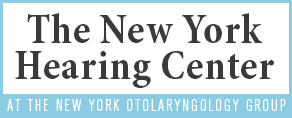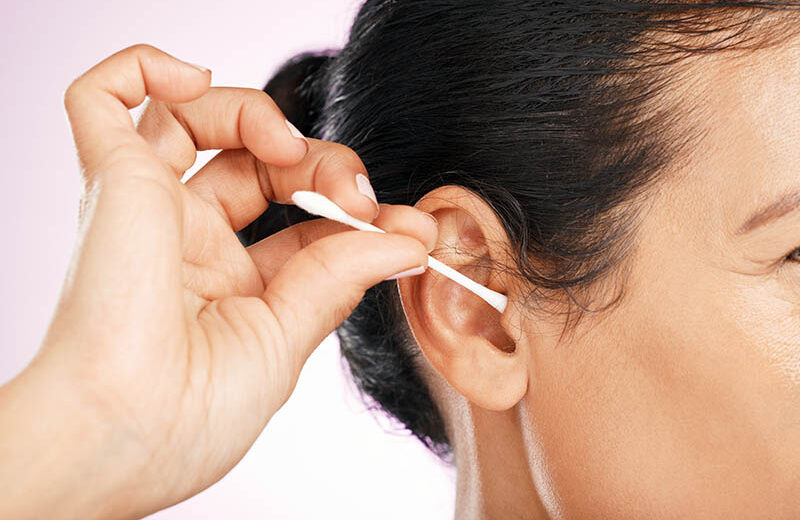Earwax, a substance that is often considered unpleasant, is a vital component in maintaining ear health. Despite its importance, some individuals experience an accumulation of excessive earwax that may require removal by a medical professional or at home. Earwax build-up can cause health problems and be a source of personal discomfort. Therefore, it is essential to follow specific guidelines to promote ear cleanliness and prevent excessive wax build-up. In this regard, this article aims to offer practical advice on how to maintain ear hygiene effectively.
How to Deal With Excessive Earwax
The substance commonly referred to as earwax is officially known as cerumen, which plays a critical part in maintaining the ear’s health. Cerumen’s oily consistency is an effective self-cleaning mechanism that traps dirt, germs, and debris, preventing them from penetrating deeper into the ear canal. Additionally, cerumen protects the sensitive skin lining the ear canal from irritation caused by the presence of water. In summary, cerumen is a vital component of the ear’s self-maintenance process that helps to prevent potential health issues.
Cleaning the Ears
People commonly believe that cleaning earwax from one’s ears is a hygienic practice. However, the truth is that earwax is generally excreted naturally and does not require removal. The regular movements of the jaw, such as chewing, facilitate the movement of earwax to the outer part of the ear, where it flakes off or rinses away during showering. This is the only ear cleaning that is typically necessary. Interfering with the natural process of earwax removal often leads to more problems than it solves. Excessive earwax can result in symptoms such as pain, hearing loss, reflex cough, ringing in the ear, itching, and dizziness.
Using Cotton Swabs to Remove Earwax
It is widely recommended that individuals should abstain from using cotton swabs to remove earwax. This is because using swabs is known to push ear wax deep into the canal, thereby obstructing its removal. Additionally, cotton swabs can cause irritation and dryness of the delicate skin lining the ear. Likewise, ear candles are not advisable since their efficacy has not been scientifically established and may cause harm. In particular, ear candles have been known to cause harm to the ear canal and eardrum. It is crucial to avoid introducing any foreign object into the ear canal, particularly pointy objects such as bobby pins or car keys, which can result in the perforation of the eardrum. Inserting objects into the ear canal can have severe repercussions and may contribute to the impaction of earwax.
Earwax Impaction
When an individual pushes earwax deeper into the ear, the earwax may become impacted, leading to a blockage or even an infection. The presence of impacted earwax may cause unfavorable symptoms, including pain, hearing loss, and a reflex cough. Further symptoms may comprise ringing in the ear, itching, and dizziness. Over time, these symptoms may worsen, and the individual may experience a sensation of fullness, a plugged-up ear, or even detect an odor.
Treating Impacted Cerumen
A qualified medical professional may perform an ear irrigation procedure to remove the blockage. Alternatively, the professional may utilize specialized instruments to extract the earwax manually.
Irrigation
Ear cleaning entails using a syringe to administer a gentle rinse to the inside of the ear with lukewarm water. In some cases, your physician may recommend this procedure, known as irrigation, for you to perform at home.
Softening Earwax
Over-the-counter drops are often used to soften the wax, while kits that flush it out after softening it can also be employed. A cotton ball dipped in mineral oil may also be applied to the external canal to soften the wax and promote its expulsion.
Medical Procedures
For individuals experiencing recurring issues with earwax build-up or any other concerning symptoms, such as a fever, drainage, or bleeding from the ears, we advise that you seek the advice of a medical professional. Those who utilize hearing aids may require more frequent ear examinations, as the aids have the potential to obstruct the natural elimination of earwax. Properly managing earwax blockages is essential, as incorrect removal can lead to further harm or infection. Fortunately, temporary hearing loss caused by earwax build-up can be easily resolved through its removal.





